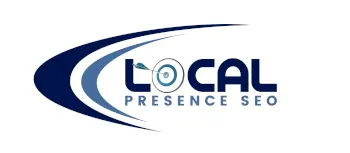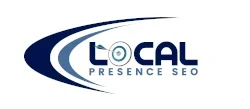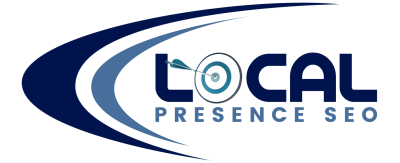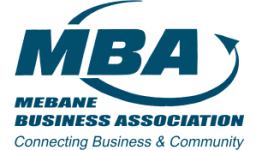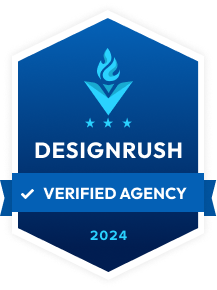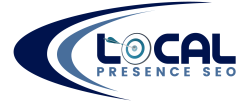How to Optimize Content for SEO
Build your audience and top the rank through valuable content.
Online content should go beyond just writing it. To reach your target audience, the web content must appeal to the reader, first and foremost. The question is, how do you produce engaging content? How do you align it to your organizational goals?
Alongside answering the reader’s question is where content optimization comes in.

What is optimization strategy?
Companies are now open to the idea of providing a whole new approach to optimum customer experience. Aside from promotions, product launches and new content, integrating optimization strategies will not only improve but transform your retention and conversion rate.
An optimization strategy basically makes sure that search engines can easily find your business and determine what your content is all about.
The end goal of a great optimization strategy is to continually improve SEO ranking.
What are SEO best practices?
Digital marketing not only created a whole new era of advertising. It also made us realize that marketing entails effective strategies. In this case, SEO optimization.
Over time, SEO practices tend to change, and you need to adapt to these changes to secure your content favorably in search engine ranking.

Here are some of the most significant and proven SEO practices, to date:
- keyword research and keyword targeting
Keyword research is the fundamental aspect that defines successful SEO. Keywords help you get the interest of your target audience through search engines.
Placing the wrong keywords will only misguide your reader so unless you have identified specific search terms, you won’t be able to achieve content optimization.
If you are a newbie in digital marketing, you can try various keyword research tools available online. Look for keywords with a high search volume but low in difficulty. The higher the search volume along with low competition, the easier it is to rank.
Take this example fromUbersuggest, a free keyword research tool. The search term “digital marketing” has an SEO difficulty of 49, making it relatively difficult to rank.
- putting emphasis on title tags
Title tags are important aspects of on-page optimization. Aside from creating interesting headlines, you also need to apply SEO optimization strategies on your title tag for better ranking. For instance, keep title tags short and always include your primary keyword.
- adding alt tags to enhance content appearance
Images play vital roles in search engine optimization. Search engines, however, are unable to interpret these images. Alt tags allow images to be processed, providing you with a high index score and rank in the process.
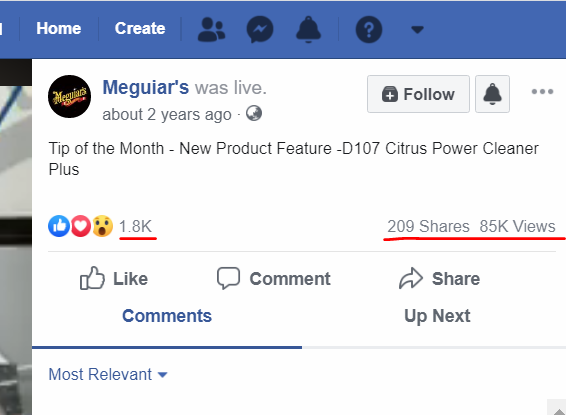
- creating easy-to-read content
Content with lengthy sentences are more difficult to comprehend. Same goes with complicated ones. To increase readability, set up a short text structure and write in an appealing way to capture audience interest.The Flesch-Kincaid test is a good measure of readability.
- proper use of keywords and terms
You can’t just insert keywords wherever you like. There are key places to take note of, including page title, meta description and subheadings.
Since content is a top-ranking factor in SEO, know where to place your keywords to make your content readable and avoid Google penalties at the same time.
- knowing the importance of meta description
Meta descriptions have a huge impact on click-through. When people look for a particular keyword, meta descriptions are the short paragraphs that appear below the key phrases.
Since a meta description basically acts as an organic ad text, creating a compelling one will increase your click-through rate (CTR).
- learning how to use inbound and outbound links
Also called a backlink, an inbound link directs the reader to a relevant content on your page. Inbound links promote faster indexing, and improve rank and credibility.
Outbound links allow you to build a lasting relationship with other niche blogs so you can acquire better ranking and insight in search results.
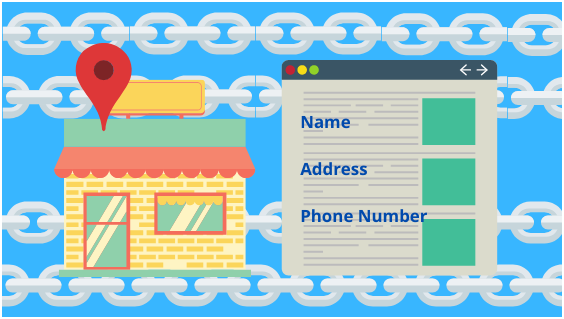
- optimizing content
Through proper content optimization, you can definitely reach your target audience in a jiffy. Optimizing content should not be regarded as a tedious task. It only becomes one when you are too fixated with the individual technical aspects.
Content optimization requires a holistic approach built on overall technicality, intent and trust. Consider providing great answers to important questions for the reader.
- updating content
Regular updating of content gives you more traffic and builds trust between you and your target audience. Remember that your reader relies on your page for relevant information, whatever your niche may be.
Keep up with new trends like adding visuals to stabilize your domain authority. You can get free images fromPixabay, Unsplash or Pexels.
● using links from high-authority websites
For credible referrals, choose high-authority backlinks. Search engines like Google use backlinks in determining the quality of your site. If you link to spams, your reputation and web traffic can get damaged.
High-authority backlinks, on the other hand, can help boost search engine optimizatin and web traffic.
How do you optimize SEO?
Search engine optimization starts with onsite technical SEO. This means setting up your sitemap, your robots file, Google Search Console, and Google Analytics. This may be overwhelming if you are a newbie, so it is best to hire an SEO professional to set this up for you.
Why is this important?
This is to know that your site is being indexed, that search engines can indeed crawl your site, and that search engines are informed of your site and its contents.
Imagine this: even if you post a hundred articles, but your site has crawl issues, then Google nor other search engines can never discover your site’s contents.
Hence, once your technical onsite SEO has been checked by an SEO professional, it is now ready for on-page optimization.
What is an on-page optimization?
For on-page optimization, take note of these tips:
- Make your content unique and engaging. Write for the readers and optimize for search engines. It is all about user experience!
- Prepare a clear layout or outline for your content.
- Know how to properly place your keywords in headers, meta titles, descriptions and throughout the article
- Create a responsive and friendly page design for multiple devices.
Why is content optimization important?
Here is an example of what content optimization can do – a before-and-after optimization:

This graph from NeilPatel.com shows SEO/content marketing shows the greatest Return on Marketing Spend.
If you want to be more visible in terms of ranking and traffic, create excellently optimized content and you’re good to go.
How do you optimize content?
If you plan to integrate content optimization to your current marketing strategy, you need to plan it and do it right.
- Proper use of keywords
Start with your main keyword, then use keyword tools to generate more related terms. Aside from Ubersuggest, LSIkeywords.com is a good place to get ideas.
For example, with “buy cars,” you generate this:
You can then group them and make an outline of your topic.
- Keep your content updated
Aside from producing new content, browse through your older ones and update them. Follow authority sites in your niche to be updated on the new developments. That way, readers will continue to rely on your site as they know they get updated information.
● Make your content easy to read
Chunky paragraphs are not easy on the eyes and may cause your visitor to leave sooner, so keep your post easy on the eyes by keeping paragraphs between 1-3 sentences.
Making it easy to read may not directly affect ranking, but the user experience will keep the traffic coming and keep the bounce rate low.
What is a bounce rate?
Bounce rate is the rate when readers leave your site after a certain period of time. The sooner they leave after getting to your site., the higher the bounce rate.
Google measures your site’s bounce rate, because to Google, when a visitor leaves your site shortly after getting in, it means finding your site was a wrong result for the searcher’s query.

- Keep users engaged with visuals
You can also add visuals like images and videos to make your page more inviting.
A piece of advice for you, though. Unless you want to be sued for copyright infringement, never use images without the owner’s permission.
Filter images by clicking the “labeled for reuse” option. Add appropriate crediting, too.
How do you do keyword optimization?
As an important aspect in SEO, keyword optimization rests primarily on how skilled you are at keyword research, analysis, selection and integration. In evaluating keywords, consider relevance, popularity, and intent.
As a beginner, it may be quite difficult to determine what keywords to use. Luckily, there are several keyword research tools available to help you.
Here are some significant strategies in keyword optimization:
- Include target keywords in title tags
- Use target keywords in image alt attributes
- Place optimized keywords in meta tags
- Include SEO keywords in your URL
Clients who are ready to buy use word search queries indicating a higher intent. It may include words about cost, model numbers, discounts, and shipping information.
Companies may capture these clients by highlighting their offered warranty, return policy, and guarantees. Companies can also maximize the use of ad copy and extensions to make consumers consider your product like the one they need to buy.
Using cart abandonment ads to remarket your brand previously viewed by consumers may also be an effective marketing strategy.
What is a secondary keyword?
The secondary keyword plays a supporting role. Aside from picking a high-ranking and competitive primary keyword, you also need to target effective secondary keywords to get a good reception in search results.
You can actually get ranked faster when you have well-aligned primary and secondary keywords.
From the “cute dog” primary keyword, your secondary keywords could include “cute dog breeds”, “cute dog pics” and “cute dog names”.
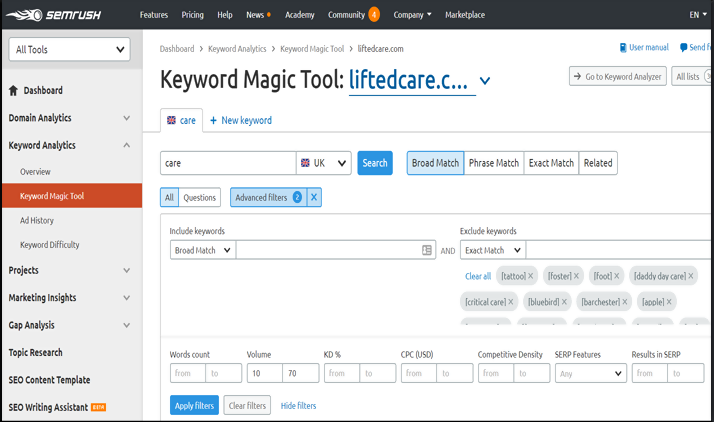
What are long-tail keywords?
Long-tail keywords are usually more specific and easier to rank for.
Although they may provide less search traffic, long-tail keywords have higher conversion value. You will actually find it easier to determine your target audience for a specific niche.
For the primary keyword “cute dog”, the long-tail keywords could include “cute dog breeds in the United States” or “cutest dog in the world 2019”.
How do I find SEO keywords?
Keyword research has apparently evolved over the years. It’s not just about words or phrases anymore. You also have to consider the intent of the user. What is he actually looking for?
We’ve got some helpful tips below:
- Create a list of significant topics in line with your product or service.
- Identify keywords or key phrases based on the topics.
- Look for related searches for possible suggestions.
- Mix long-tail keywords and head terms for a well-balanced keyword optimization strategy.
- Narrow down the keyword list by using keyword research tools mentioned earlier
What is a meta description?
A meta description is primarily a gist of what your content is all about so make sure to indicate clearly the important points.
Although it does not directly influence your organic ranking, it’s still an important milestone in on-page optimization as it improves click-through rate or CTR.
The ideal length of meta description is 160 characters or less. It is found below the URL in SERPs.
What is a backlink in SEO?
Conclusion:
If you have questions or you need help creating and optimizing content that will attract and engage your target market, call Local Presence SEO today at 919-302-8849. We are always excited to help.
